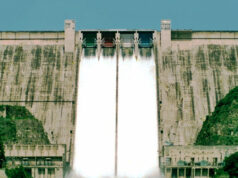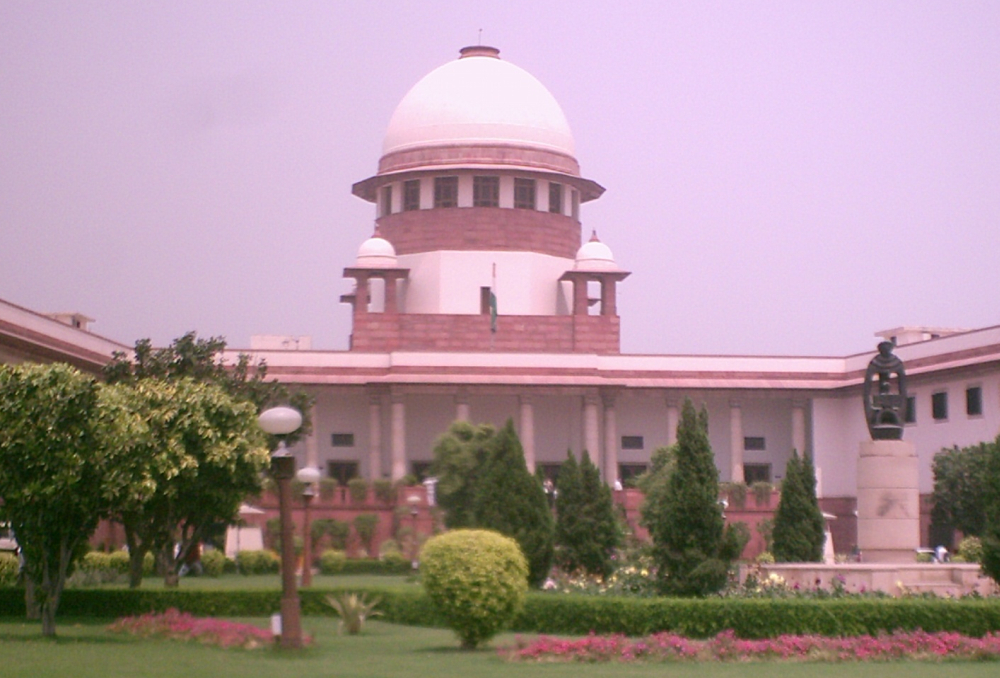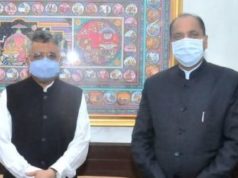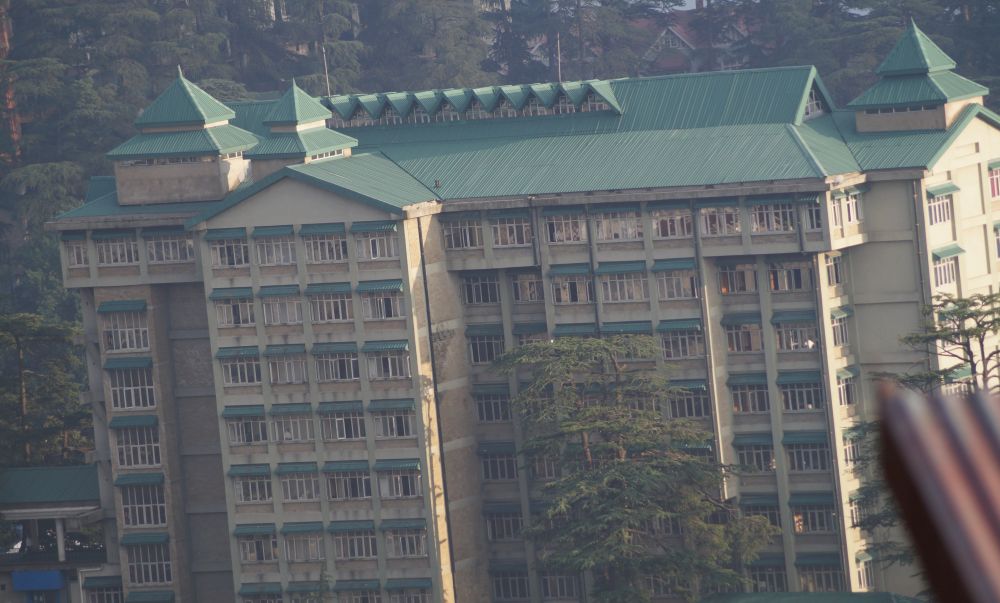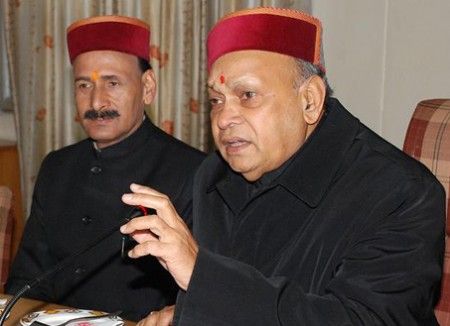Khanna family’s judicial legacy spans decades, shaped by integrity and courage
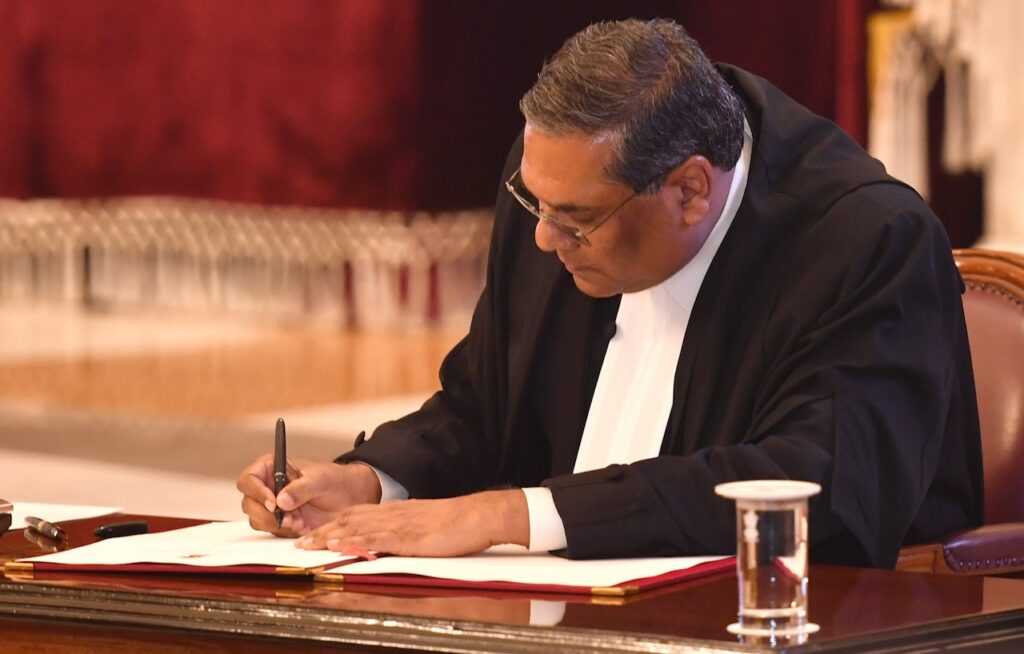
On a momentous day, Justice Sanjiv Khanna was sworn in as the 51st Chief Justice of India, continuing a family legacy deeply embedded in India’s judiciary. Nearly half a century ago, the Khanna family was poised to have its first Chief Justice in Sanjiv Khanna’s uncle, Justice Hans Raj Khanna. But destiny, shaped by his uncle’s unwavering commitment to justice, had different plans.
Justice Hans Raj Khanna’s dissent in the infamous ADM Jabalpur vs Shivkant Shukla case during the Emergency period imposed by the Indira Gandhi government is a tale of judicial courage that has echoed through Indian legal history. Forty-seven years later, the elevation of his nephew, Justice Sanjiv Khanna, to the country’s highest judicial office is not only a recognition of his personal achievements but also a tribute to a family known for its integrity and bravery in the face of power.
Justice Hans Raj Khanna: The Dissent That Defined an Era
In 1976, India was under an Emergency, and civil liberties were curtailed. In this tense political climate, the Supreme Court was asked to rule on whether citizens could challenge unlawful detentions during the Emergency. The majority on the bench, including Chief Justice AN Ray, sided with the government, ruling that the right to personal liberty could be suspended. Justice Hans Raj Khanna, however, delivered a scathing dissent, declaring that even in times of national crisis, personal liberty remains sacred.
“The law of preventive detention without trial is an anathema to all those who love personal liberty,” Justice Khanna wrote in his judgment. It was a bold stand against an authoritarian regime, one that cost him the Chief Justice’s chair, as Justice MH Beg, who sided with the government, was appointed instead. Khanna resigned shortly after this decision, but his dissent would later be vindicated.
The ADM Jabalpur judgment became one of the most infamous in Indian legal history. Decades later, in 2017, the Supreme Court overruled it in the Puttaswamy vs Union of India case, which recognized the right to privacy as a fundamental right. The nine-judge bench noted that Justice Khanna’s dissent was the “correct interpretation,” and his views on personal liberty were celebrated for their foresight.
A Legacy of Upholding Constitutional Integrity
Justice Hans Raj Khanna’s reputation for defending the Constitution was solidified further in the Kesavananda Bharati case in 1973. This landmark ruling, decided by a razor-thin 7-6 majority, established the “basic structure doctrine,” which prevents Parliament from amending certain fundamental elements of the Constitution. Justice Khanna’s contribution to this verdict was pivotal, asserting that while Parliament could amend the Constitution, it could not alter its basic framework.
Though sidelined from the judiciary’s highest office, Justice Khanna’s legacy was far from diminished. His integrity and commitment to the rule of law made him a towering figure, both within and outside the courtroom. His nephew, Chief Justice Sanjiv Khanna, carries this rich legacy forward, embodying the same ideals of justice and fairness.
How the Legacy of Hans Raj Khanna Shaped Sanjiv Khanna’s Career
Justice Sanjiv Khanna grew up in a family deeply influenced by the law. His father, Justice Dev Raj Khanna, was a judge at the Delhi High Court, and his mother, Saroj Khanna, was a professor. However, it was his uncle, Justice Hans Raj Khanna, who had the most profound impact on his career choice. Initially encouraged to pursue a career in accounting, Sanjiv Khanna was inspired by his uncle’s unshakable principles and opted for the legal path instead.
A source close to the family shared that Justice Sanjiv Khanna always revered his uncle as an idol. He preserved copies of all his uncle’s judgments, notes, and personal writings, reflecting the deep respect he had for the man who refused to compromise on justice, even when it came at a personal cost. Sanjiv Khanna’s rise in the judiciary, culminating in his appointment as Chief Justice of India, is a testament to this enduring influence.
In 2019, on his first day as a Supreme Court judge, Justice Sanjiv Khanna entered the very courtroom where his uncle once sat. A portrait of Justice Hans Raj Khanna hangs in the room, serving as a reminder of his fearless stand during the Emergency. As a mark of homage, the current CJI has plans to have his photograph taken next to his uncle’s portrait before his retirement, underscoring the connection between the two generations of the Khanna family.
A New Chapter in the Khanna Legacy
Justice Sanjiv Khanna’s tenure as Chief Justice of India begins with the weight of history behind him. He steps into his role not only with the hope of furthering judicial reforms and upholding the principles of the Constitution but also with the knowledge that his uncle’s moral courage has already left an indelible mark on India’s legal landscape.
The story of the Khanna family is one of perseverance, justice, and an unwavering belief in the power of the Constitution. While Hans Raj Khanna’s journey was marked by a battle against the political establishment of his time, Sanjiv Khanna’s rise to the top judicial post in the country symbolizes the resilience of justice over power.
In an age where personal liberties and constitutional values continue to be debated, the legacy of Justice Hans Raj Khanna serves as a guiding light for his nephew and the Indian judiciary. Justice Sanjiv Khanna, as the 51st Chief Justice of India, carries forward not just his own vision for the future of Indian law but also the enduring legacy of a family that stood firm for justice, even in the most challenging times.



